
Snowstorms are often associated with picturesque landscapes,
cozy evenings by the fireplace, and the joy of winter sports.
However, beneath their serene exterior, these weather phenomena
can have unexpected consequences on our health.
One such consequence that has gained attention in recent years is the
potential impact of snowstorms on hearing health.
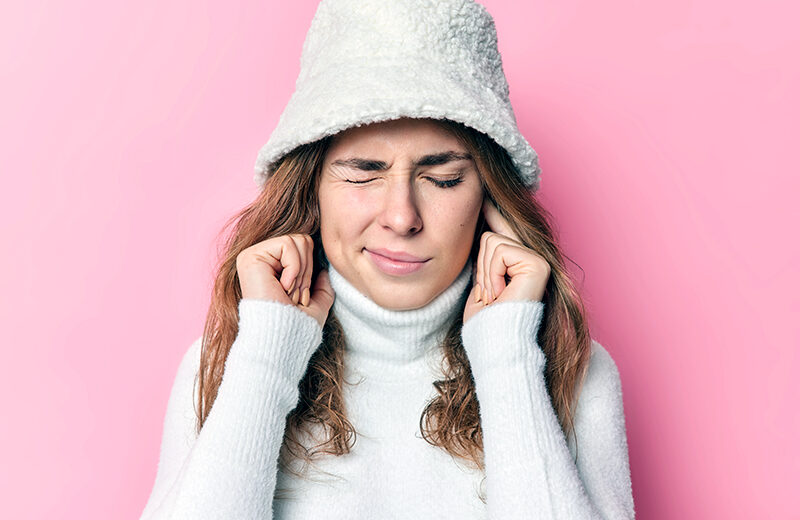
looking like she is in pain from being outside.
The Science Behind Snowstorms and Hearing Loss
Snowstorms bring more than just fluffy flakes and frosty temperatures.
The atmospheric conditions during a snowstorm can amplify sound in peculiar ways.
The falling snowflakes create a sound-absorbing barrier that dampens
ambient noise, leading to an eerie quietness.
Simultaneously, snow can reflect sound waves, causing them to bounce and scatter unpredictably.
In these unique acoustic environments, individuals may unknowingly strain to hear sounds that would be easily audible in normal conditions.
The prolonged exposure to these altered soundscapes during heavy snowfall could potentially contribute to temporary or permanent hearing impairment.
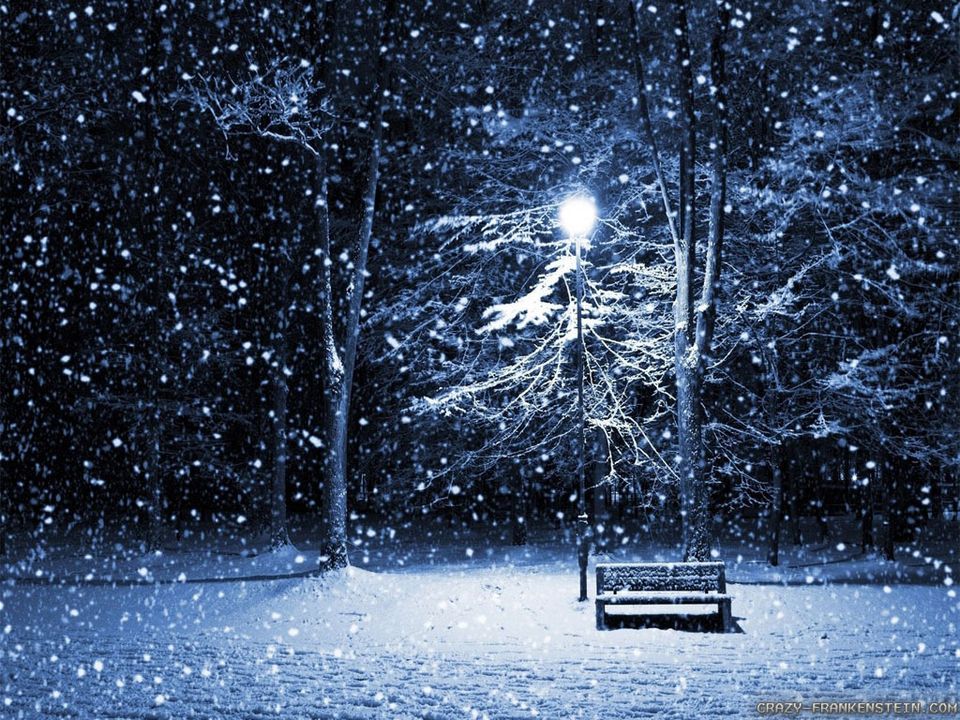
Cold Temperatures and Ear Health
Another factor to consider is the impact of cold temperatures on ear health.
Exposure to extreme cold can cause vasoconstriction, reducing blood flow to the ears.
This constriction can affect the delicate structures within the ear, including the hair cells responsible for transmitting sound signals to the brain.
In addition, the cold air can lead to the contraction of muscles in the ear, making them less flexible.
This reduced flexibility may affect the ear’s ability to efficiently process and transmit sound, potentially leading to a temporary decrease in hearing acuity.
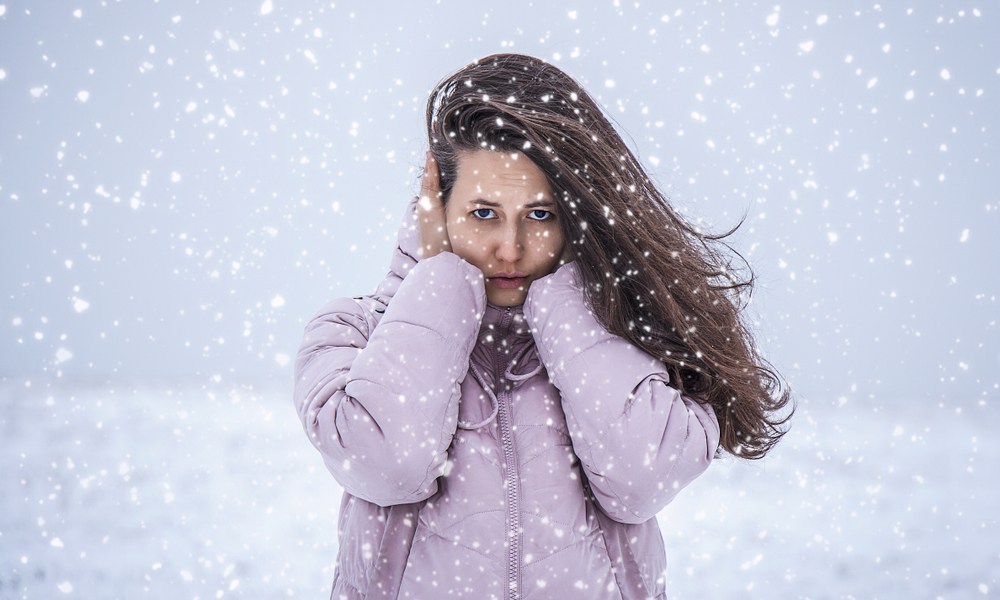
her hands as she is not wearing any ear protection from the cold.
Snow-related Activities and Noise-Induced Hearing Loss
Snowstorms often coincide with increased outdoor activities like snowmobiling, skiing, and snowboarding.
These activities can expose individuals to louder-than-normal noise levels, especially in the presence of snowmobile engines, ski resort machinery, or the crunching of snow underfoot.
Prolonged exposure to high-intensity noise can contribute to noise-induced hearing loss (NIHL).
The combination of cold temperatures, altered soundscapes, and loud activities during snowstorms creates a unique set of circumstances that may pose a risk to hearing health.
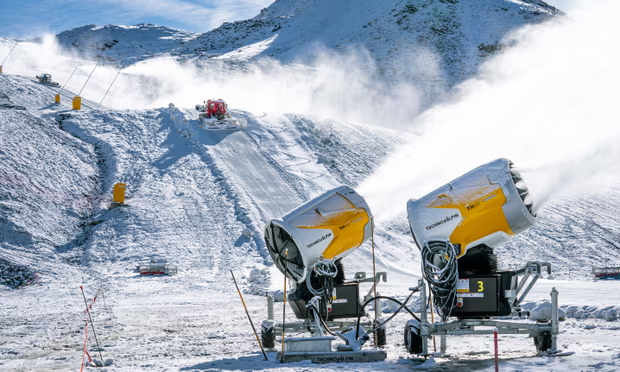
Protecting Your Hearing During Snowstorms
While enjoying winter activities during a snowstorm, it’s essential to prioritize hearing protection.
Wearing earmuffs, earplugs, or other appropriate protective gear can help minimize exposure to extreme sound levels and safeguard your ears from the potential risks associated with snow-related activities.
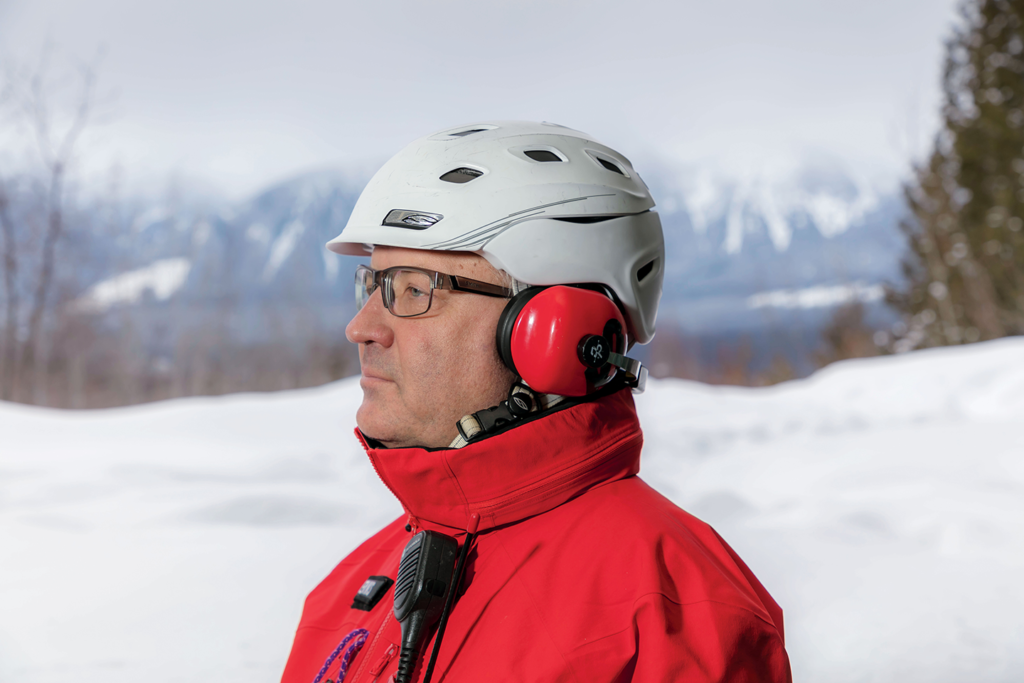
Conclusion
Snowstorms, though enchanting in their wintry beauty, can present unexpected
challenges to our health, including the well-being of our hearing.
Understanding the science behind the connection between snowstorms and hearing loss empowers
individuals to take proactive measures to protect their auditory health during winter months.
By embracing hearing protection and practicing caution in noisy snow-related environments,
we can ensure that the beauty of a snow-covered landscape doesn’t come at the
expense of our ability to enjoy the sounds of the season.



I have been browsing online more than three hours today yet I never found any interesting article like yours It is pretty worth enough for me In my view if all website owners and bloggers made good content as you did the internet will be a lot more useful than ever before
The author’s ability to make the topic relevant to everyday life is commendable.